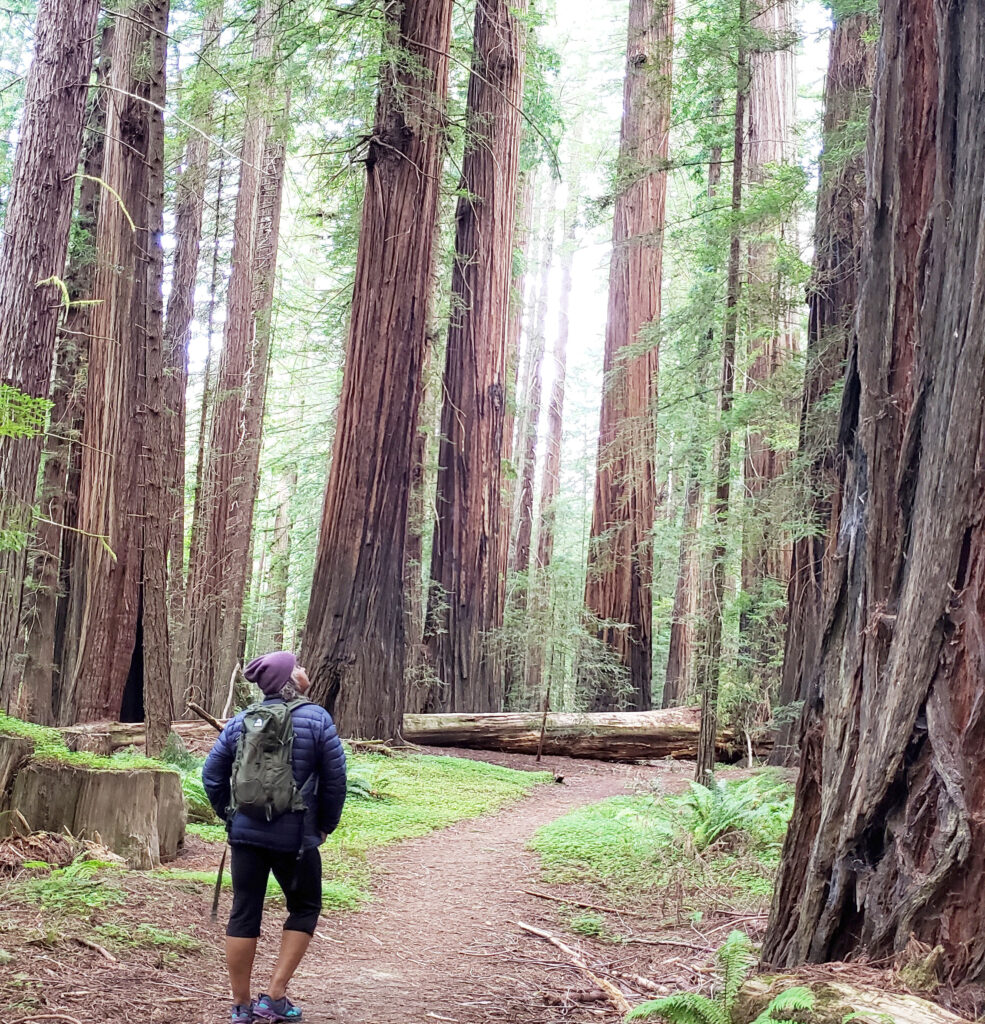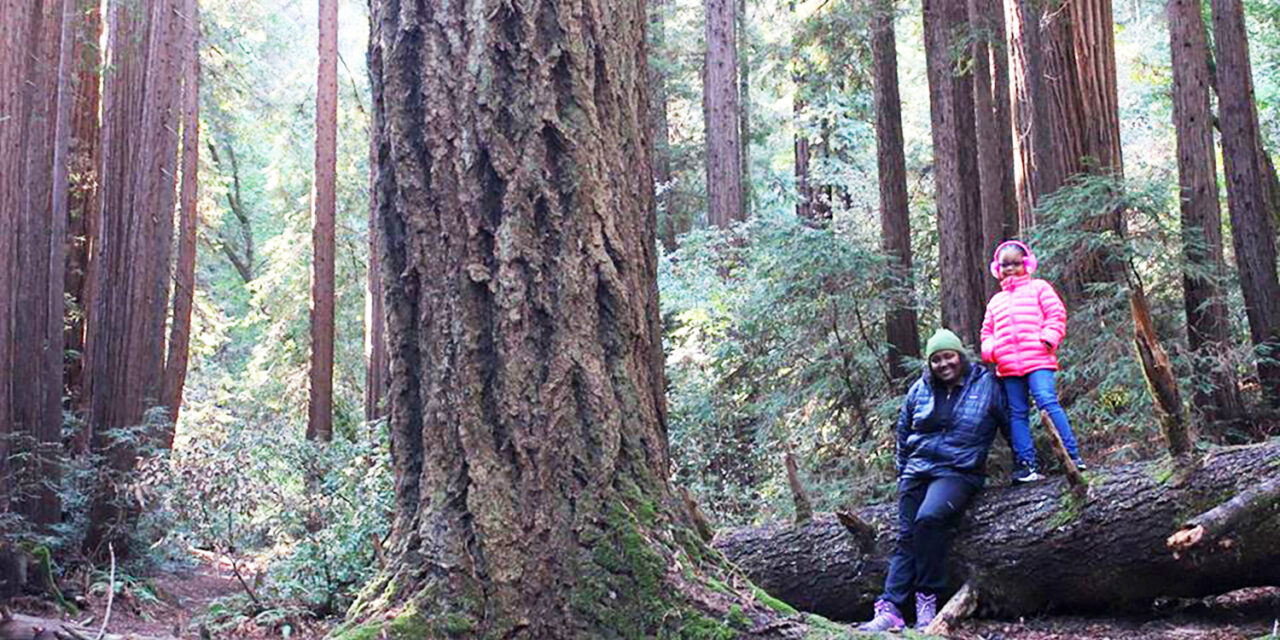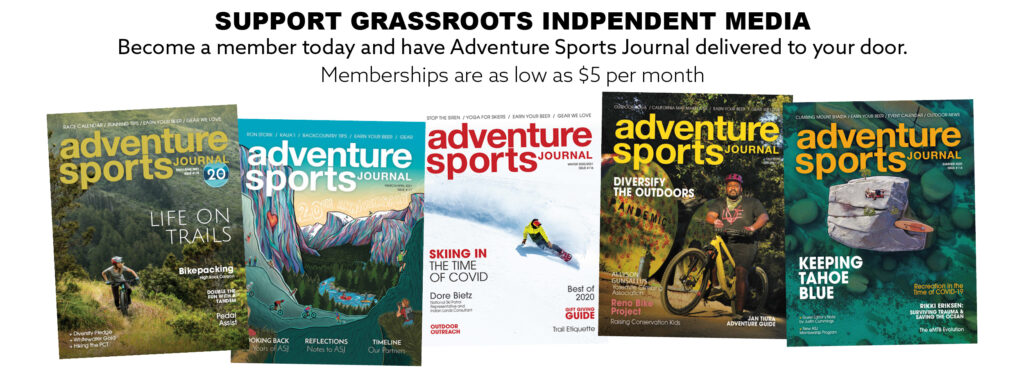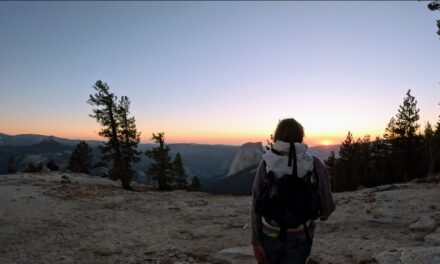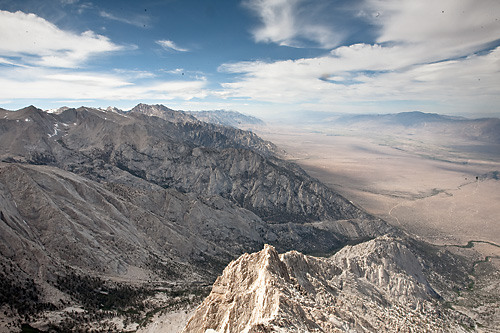- Death Valley’s Battle With Climate Extremes - 01/01/2024
- The Future of Homewood - 12/05/2023
- Kula Cloth - 10/18/2023
Teresa Baker’s Work
Less than a decade after Yosemite became a National Park, there was still no agency tasked with managing the newly protected lands. Herders and farmers continued to graze animals in alpine meadows. The military was brought in to manage the parklands, and soldiers became the nation’s first park rangers.
They garrisoned at the San Francisco Presidio during winter, where they built barracks which still stand today. Every spring they trekked across the Central Valley to put out forest fires and protect the park’s eastern boundary from poachers and timber thieves. Many of them were recently freed slaves. The Natives called them “Buffalo Soldiers”- for their thick curly hair and legendary bravery in battle.
The Buffalo Soldiers built the first trail to the top of Mt. Whitney and created the first arboretum in Yosemite. One of them, Charles Young, became Superintendent of Sequoia National Park in 1903. Despite this connection to and investment in public lands, today, people of color make up less than 20% of National Park employees, and visitors are overwhelmingly white.

BAKER at the Buffalo Soldiers Memorial Highway Sign outside of Yosemite.
When Teresa Baker first noticed this on a visit to Yosemite seven years ago, she vowed to bring diversity, equity and inclusion to the outdoors. Since then she has worked with the National Park Service to expand access to marginalized communities, inspired legislation to honor and recognize the contributions of Buffalo Soldiers and encouraged outdoor industry leaders to incorporate better practices into their business. She believes that if we are to address the looming threat of climate change, we all need to work together, and has devoted her life to that mission.
Baker grew up in Richmond, in the east bay, with eight brothers and no sisters. “Being outdoors was always something that came natural to us, we rode horses, went camping and hiking, I never thought anything of it, it was just the natural way of being for me.”
As an adult she began to visit Yosemite National Park every month, to hike and marvel at the waterfalls and soaring granite walls. She mostly ignored the people. “On that one trip, seven years ago, I started to notice the people around me, and how they did not look like me,” Baker explains.
After returning home, she got in touch with the DC office of the NPS. “I asked them if they were aware they had a diversity problem,” she says. “They were open and honest and said ‘yes, we have this problem, and we are working on it, help us fix it.’”
But Baker was not satisfied with NPS progress. “So I became a bit of a troublemaker!” she admits with a laugh. “I began forming events on my own, to start engaging underrepresented communities of color so they felt these spaces belonged to them as well.”
She started an African-American National Parks event the first week of June. “I asked people to get out into a national park the first week of June and speak to rangers, hike the trails, learn the history and post their photos on social media.”
Thousands of people posted photos from all over the country. “People would email and post on social media about their first time being in a national park, or their first time taking their family to a park, or their first time being in these spaces. Because I put the call out they felt invited.” Baker sighs with satisfaction. “Because these parks belong to us, the people.”
NPS noticed her efforts and began to take her more seriously. “They realized I was going to be a pain in the butt and it was better to do these events together instead of doing them separately,” she recounts. “They said ‘we may not agree with you on 100% of everything, but let’s find common ground and work together.’ They understand that they need us as much as we need them.”

Group photo during a “We Got Us” campout in Big Sur — An Organized Campout thaT Baker does togeher with Jose Gonzalez, founder of Latino Outdoors — To Bring folks together who have never camped or often feel out of place at traditional campsites. Photo by Raul Hernandez
In 2014, she collaborated with NPS on a retracing of the Buffalo Soldiers’ route from San Francisco to Yosemite. With the support of the Golden Gate National Parks Conservancy, chapters of the Buffalo Soldiers Motorcycle Club, the city of Los Banos, the Presidio Trust, Outdoor Afro, and the Yosemite Conservancy, Baker gathered hundreds of people to make the journey from the Presidio to Yosemite. While the first park rangers took days to complete the journey on horseback, their modern admirers traveled by car, bus and motorcycle. The park service provided buses and campgrounds while they were in the park, and helped them pull together events on Buffalo Soldier history.
One of the attendees, Robert Hanna, was John Muir’s great-great grandson. “That trip, and that experience, was absolutely life-changing,” he told a local paper. Hanna began working with State Assembly Member Frank Bigelow to introduce legislation honoring the Buffalo Soldiers. In April 2016, the State Assembly designated the portion of State Highway 41 from the Madera-Mariposa county line to the park entrance Buffalo Soldiers Memorial Highway. Governor Jerry Brown signed it into law shortly afterwards.
Soon after, Baker turned her attention to the outdoor industry. “I started noticing the absence of people of color over social media platforms in outdoor brands,” she explains. “I just wasn’t seeing people of color represented.” Initial efforts to engage with marketing divisions and CEOs failed to gain traction.
So Baker got creative. She reached out to Chris Perkins at the Yale School of the Environment and together they created the Diversity Pledge, aimed at CEOs, requiring steady work to increase diversity, equity and inclusion in their companies.
The first year, she walked the floors of the Outdoor Retailer Show in Denver and found it hard to get attention. “But now we have 180 different brands and companies committed to doing the work,” she says with pride. Merrill, GoPro, Granite Gear, Burton Snowboards and Dick‘s Sporting Goods have all signed on. Every year they submit a report of what they have done to date, what plans they have moving forward and what challenges they face. Baker follows the companies on social media and reads articles to make sure they are doing the work; if they don’t submit their annual report or fail to live up to their commitments, the company is removed from the list.
But Baker doesn’t want the pledge to be the focus. “The work needs to be the focus,” she insists. “It’s hard work, we are trying to change a culture of how people have done business. It’s scary work. People don’t want to make mistakes, they don’t want to say or do the wrong thing.” She is finding that people are willing to take that risk when the issue is reframed.
Diversity, equity and inclusion are elements of intersectional environmentalism. “We are ultimately fighting for environmental issues as we do this work. If these places aren’t protected, we aren’t going to have places to bike and hike and ski,” Baker explains.
“The racial demographic shift currently underway is proof that if we do not engage communities of color we are doomed, “ she continues. “We have to start engaging communities that are not currently engaged, it’s the only way we are going to be prepared for the environmental attack currently underway.” An effective response to the existential threat of climate change requires that everyone has a seat at the table.
“This is not about trying to divide a country,” Baker insists. “It’s about trying to be more inclusive of who we invite in. What we need is more people paying attention to this message: diversity and inclusion is the only way forward to save our planet.”
